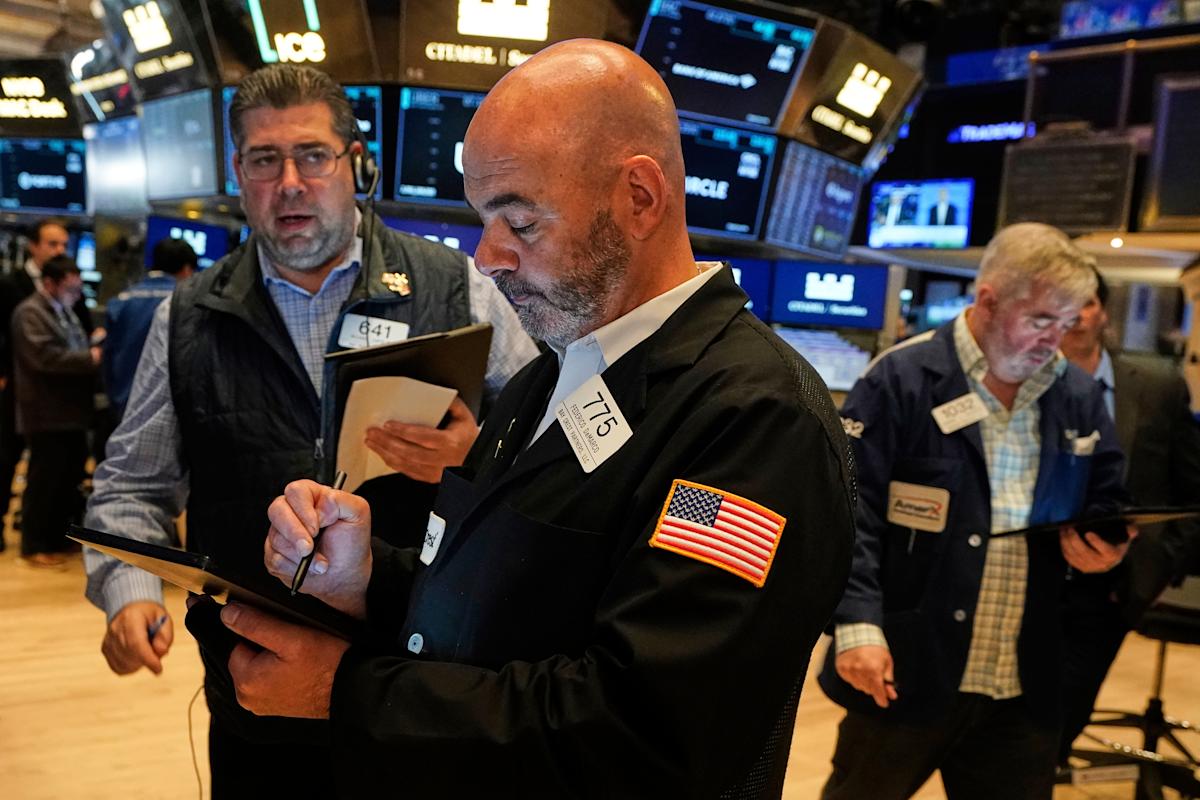NEW YORK (AP) — Calm returned to Wall Street on Monday, and U.S. stocks rose, while oil prices gave back some of their initial spurts following Israel’s attack on Iranian nuclear and military targets at the end of last week.
The S&P 500 climbed 0.9% to reclaim most of its drop from Friday. The Dow Jones Industrial Average rose 317 points, or 0.8%, and the Nasdaq composite gained 1.5%. They joined a worldwide climb for stock prices, stretching from Asia to Europe.
Israel and Iran are continuing to attack each other, and a fear remains that a wider war could constrict the flow of Iran’s oil to its customers. That in turn could raise gasoline prices worldwide and keep them high.
But past conflicts in the region have seen spikes for crude prices last only briefly. They’ve receded after the fighting showed that it would not disrupt the flow of oil, either Iran’s or other countries’ through the narrow Strait of Hormuz off Iran’s coast.
Hopes that the fighting could remain similarly contained this time around helped send oil prices back toward $71 per barrel on Monday.
Iran’s foreign minister, Abbas Araghchi, appeared to make a veiled outreach for the U.S. to step in and negotiate an end to hostilities between Israel and Iran, saying in a post on X that a phone call from Washington to Israel’s leader “may pave the way for a return to diplomacy.”
A barrel of benchmark U.S. oil fell 1.7% to $71.77, while Brent crude, the international standard, dropped 1.3% to $73.23 per barrel. They had both jumped roughly 7% on Friday after the initial attacks.
In another signal of calming fear in financial markets, the price of gold also gave back some of its knee-jerk climb from Friday, when investors were looking for someplace safe to park their cash. An ounce of gold fell 1% to $3,417.30.
Wall Street has plenty of other concerns in addition to the fighting in Iran and Israel. Key among them are President Donald Trump’s tariffs, which still threaten to slow the economy and raise inflation if the U.S. government doesn’t win trade deals with other countries to reduce Trump’s taxes on imports.
The United States is meeting with six of the world’s largest economies in Canada for a Group of Seven meeting, with the specter of tariffs looming over the talks.
Later this week, the Federal Reserve is set to discuss whether to lower or raise interest rates, with the decision due on Wednesday. The nearly unanimous expectation among traders and economists is that the Fed will make no move.
The Federal Reserve has been hesitant to lower interest rates, and it’s been on hold this year after cutting at the end of last year, because it’s waiting to see how much Trump’s tariffs will hurt the economy and raise inflation. Inflation has remained relatively tame recently, and it’s near the Fed’s target of 2%.







